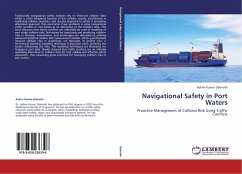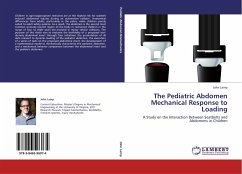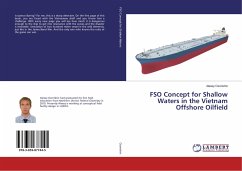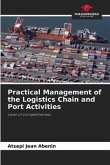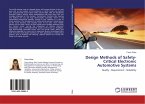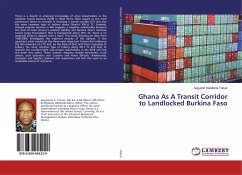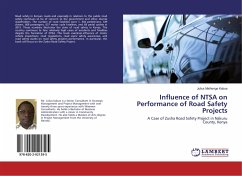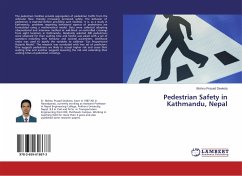Traditionally navigational safety analyses rely on historical collision data which is often hampered because of low collision counts, insufficiency in explaining collision causation, and reactive approach to safety. A promising alternative approach that overcomes these problems is using navigational traffic conflicts or near-misses as an alternative to the collision data. This book discusses how traffic conflicts can effectively be used in modeling of port water collision risks. Techniques for measuring and predicting collision risks in fairways, intersections, and anchorages are discussed by utilizing advanced statistical models. Risk measurement models, which quantitatively measure collision risks in waterways, are discussed. To predict risks, a hierarchical statistical modeling technique is discussed which identifies the factors influencing the risks. The modeling techniques are illustrated for Singapore port data. Results showed that traffic conflicts are an ethically appealing alternative to collision data for fast, reliable and effective safety assessment, thus possessing great potential for managing collision risks in port waters.
Bitte wählen Sie Ihr Anliegen aus.
Rechnungen
Retourenschein anfordern
Bestellstatus
Storno

